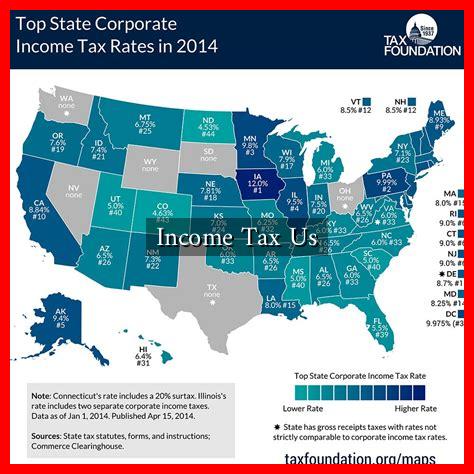-
Table of Contents
Understanding Income Tax in the United States
Income tax is a crucial aspect of the financial landscape in the United States, affecting individuals and businesses alike. It serves as a primary source of revenue for the federal government and many state governments, funding essential services such as education, healthcare, and infrastructure. This article delves into the intricacies of income tax in the U.S., exploring its structure, implications, and the various factors that influence tax obligations.
The Structure of Income Tax in the U.S.
The U.S. income tax system is progressive, meaning that tax rates increase as income rises.
. This structure is designed to ensure that those with higher incomes contribute a larger share of their earnings to the government. The federal income tax system is governed by the Internal Revenue Service (IRS), which administers tax laws and collects taxes.
Federal vs. State Income Tax
In addition to federal income tax, many states impose their own income taxes. The rates and structures can vary significantly from one state to another. Here are some key differences:
- Flat vs. Progressive Rates: Some states, like Florida and Texas, have no state income tax, while others, like California, have a progressive tax system with rates that can exceed 13% for high earners.
- Tax Deductions and Credits: States may offer different deductions and credits, impacting the overall tax burden for residents.
- Local Taxes: In addition to state taxes, some localities impose their own income taxes, further complicating the tax landscape.
How Income Tax is Calculated
Calculating income tax involves several steps, including determining taxable income, applying the appropriate tax rates, and accounting for deductions and credits. Here’s a simplified breakdown:
- Determine Gross Income: This includes wages, salaries, dividends, and other sources of income.
- Subtract Deductions: Taxpayers can choose between the standard deduction or itemizing deductions, which may include mortgage interest, state taxes, and charitable contributions.
- Apply Tax Rates: The remaining amount is taxed according to the applicable tax brackets.
- Account for Credits: Tax credits directly reduce the amount of tax owed and can significantly lower the overall tax bill.
Example of Income Tax Calculation
Consider a single filer with a gross income of $70,000 in 2023:
- Standard deduction: $13,850
- Taxable income: $70,000 – $13,850 = $56,150
- Tax owed (using 2023 tax brackets): Approximately $8,000
This example illustrates how deductions and tax brackets work together to determine the final tax liability.
Common Misconceptions About Income Tax
Many individuals harbor misconceptions about income tax that can lead to confusion and errors in filing. Here are a few common myths:
- Everyone Pays the Same Rate: Due to the progressive nature of the tax system, not everyone pays the same percentage of their income in taxes.
- Tax Refunds are Free Money: A tax refund is essentially a return of overpaid taxes, not a bonus from the government.
- All Income is Taxable: Certain types of income, such as gifts and inheritances, may not be subject to income tax.
The Importance of Tax Planning
Effective tax planning can help individuals and businesses minimize their tax liabilities. Strategies may include:
- Maximizing retirement contributions to tax-advantaged accounts.
- Utilizing tax credits and deductions effectively.
- Timing income and expenses to optimize tax outcomes.
For more detailed information on tax planning strategies, you can visit the IRS website at www.irs.gov.
Conclusion
Income tax in the United States is a complex but essential component of the financial system. Understanding its structure, calculation methods, and common misconceptions can empower taxpayers to make informed decisions. By engaging in effective tax planning, individuals and businesses can navigate the intricacies of the tax system and potentially reduce their tax burdens. As tax laws continue to evolve, staying informed and seeking professional advice when necessary is crucial for optimizing tax outcomes.





